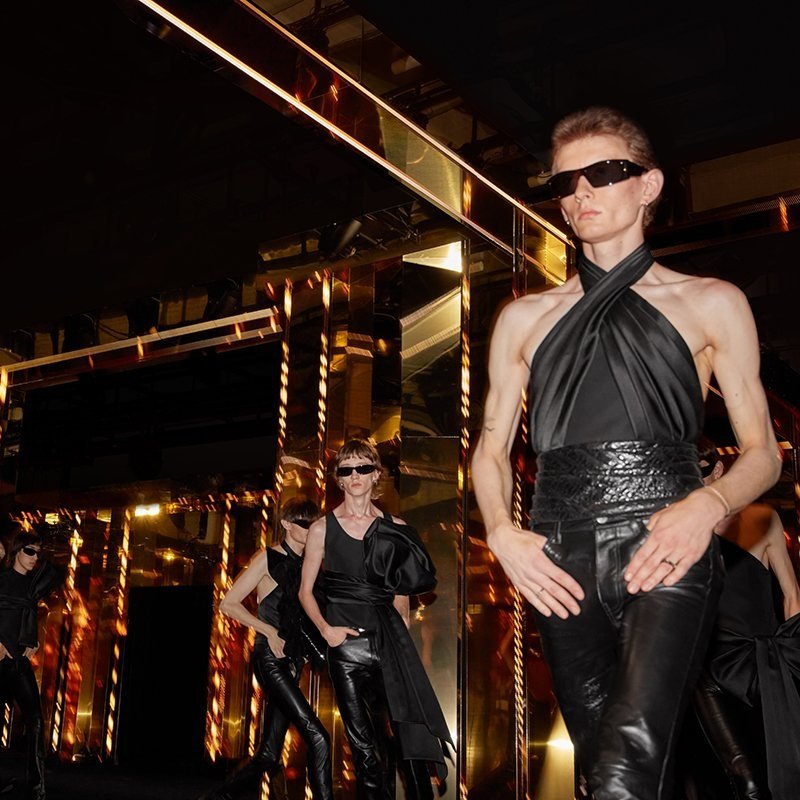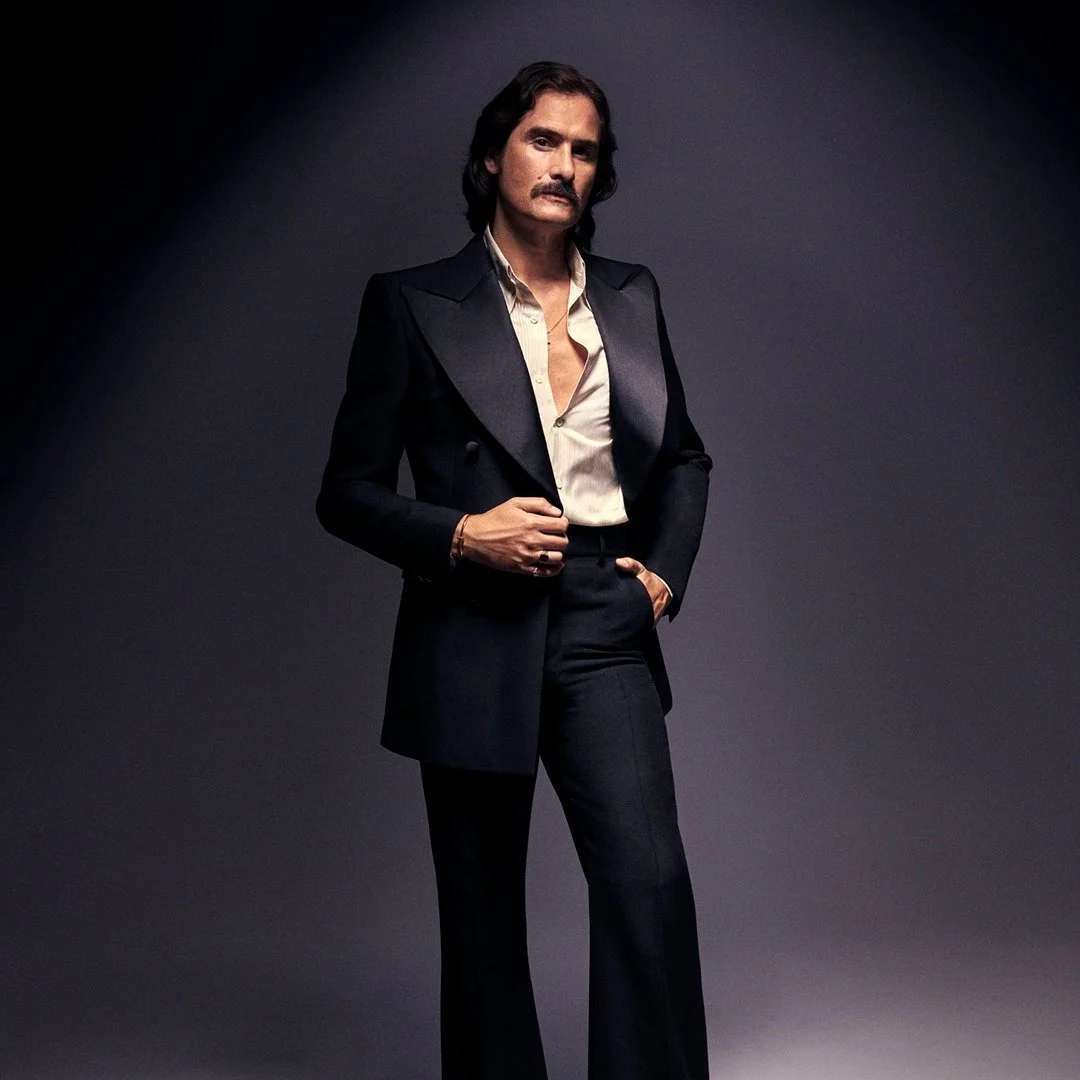Inexpressible, Impossible, Forever: A reflection on trans identity and historical context.
Identity is a product of history and culture. The language and categories we use to describe ourselves, or the language and categories others use to describe us, changes in relation to the time and society that we live in. As a transgender woman, if I were born a century ago, I likely would have still experienced a disjuncture between my assigned manhood and my inner feeling or sense of reality. However, the way I understood and articulated that disjuncture would probably look very different. Fortunately, I live in a time and place in which decades of political activism have established a social precedent for my existence, allowing me to pursue medical transition and be recognised as a woman by my peers. Anti-trans legislature, public discrimination, and other strains of transphobia are still pervasive but, given individual circumstances, I consider myself lucky.
Because the history of people who have transgressed conventions of gender and sexuality has often been violently suppressed and denied, it can be tempting to retroactively apply contemporary labels to figures from the past. Generally, I’m against this. I’m wary of the compulsion to categorise, believing that labels rarely benefit the individuals they’re applied to. If anything, we should celebrate and learn from the various ways in which historical figures expressed queerness that challenge the lens through which we currently understand gender and sexuality.
Still, every once in a while I encounter an example in which I relate so strongly that I can’t help but wonder— how might this person choose to live their life if they were transported to the present day? For example, consider this passage from Austrian writer Robert Musil’s 1906 novel, The Confusions of Young Törless:
“As he did so there awoke, in the skin all round his body, a feeling that suddenly turned into a remembered image. When he was very small—yes, yes, that’s when it was—when he was still in skirts and didn’t yet go to school, there were times when he felt an inexpressible longing to be a girl. And this longing was not stuck inside his head, oh no, nor in his heart, it tickled him all over and rushed around underneath his skin. Indeed, there were moments in which the feeling of being a girl was so vivid that he believed it must be so. For at that time he knew nothing about the importance of physical differences and he could not understand why people all round told him he had to remain a boy forever. And when they asked him why he thought he’d rather be a little girl, he felt that was impossible to say…”
After reading this, I became curious as to how and why Musil, one of my favorite authors, would choose to explore gender dysphoria as a theme in his work. The more I examined his writing, the more it became clear that this passage from Törless was not just an odd outlier, but evidence of a pressing fascination.
Years later, in his unfinished novel The Man Without Qualities, Musil devoted a significant portion of the book to exploring the relationship between protagonist Ulrich and his sister Agathe. As the critic and writer Lisa Appignanesi describes her, Agathe “appears in a replica of the Pierrot-style pyjamas he [Ulrich] wears; she looks like him and, as their conversations over long walks underscore, is his double — his mirror image in a woman’s body, his “lost self-love.” One of the passages which most directly suggests Agathe’s very presence is a sublimation of Ulrich’s desire for feminine embodiment is as follows:
“Ulrich was courted by a feeling that could not be quite put into words, unless one were to say that his body was equally assailed by a sense of having a woman and not having a woman very close to him; but one could just as well have said that though he was doubtlessly standing in his own shoes, he nevertheless felt drawn out of himself and over to her as if he had been given a second, far more beautiful body for his own.
That was why the first thing he said to his sister after standing up straight again was: “Now I know what you are: You are my self-love!” No doubt it sounded strange, but it really described what moved him. “In a certain sense, I’ve always lacked true self-love, which other people have so strongly,” he explained. “And now evidently, by mistake or by fate, that self-love was embodied in you, instead of in myself!” he added without further ado. It was his first attempt that evening to form a judgment on the meaning of his sister’s arrival.”
Reflecting on this passage in his introduction, the translator Joel Agee plainly observes of Ulrich: “It seems he can only love himself as a woman.” Although Agathe emerges over halfway through the novel, with scarce mention of her prior, she quickly becomes a focal point of the text. Whatever plot exists between the novel’s essayistic discussions is derailed when she and Ulrich retreat to a villa in the countryside where, through a series of ‘holy conversations’, the siblings debate morality, spirituality, and other lofty themes. The synthesis of their conversations appears to be a movement towards metaphysical union, a new kind of identity in which their discrete selves are merged in perfect form. As Musil puts it, the brother and sister both find themselves in pursuit of a “dream of being two people and one.”
The desire to transition, as I personally experienced it, was less a desire to unveil a repressed hidden self than it was a desperate wish to be both myself and not. In other words, it was akin to that romantic impossibility of “a dream of being two people and one.” I wanted to reclaim control over a body and psyche that had long been dominated by patriarchal and transphobic power currents. Yet, I was also shaped by my relation to those forces. How could I distinguish what was true to my own self from what was imposed upon me? Even influences that I found objectionable or antagonistic had a very real impact on my sense of self. Identity is a strange amalgamation of self-perception and social categorisation. As I personally experience it, my own gender identity describes a relationship between how I see myself and how others see me. Not exclusively one or the other, but the way(s) in which they interact with and affect each other.
When I first read the passage from The Confusions of Young Törless that I quoted earlier, the words which resonated with me most in Mike Mitchell’s translation were those that invoked eternity and paradox: ‘inexpressible’, ‘impossible’, ‘forever’. Prior to transitioning, and even today, I would run into frustration whenever I tried to articulate my experience of gender dysphoria, and often resorted to cliches that only further alienated me from the feeling I was trying to describe.
Dysphoria is not well accommodated by language. To compensate, I shifted towards expressing my emotions through euphemism and abstraction, the way one may use a camera obscura to witness an eclipse that would otherwise strike them blind.
One of Musil’s greatest strengths as a writer is his ability to examine metaphysical, spiritual, and abstract themes or sensations with the startling clarity and precision of a mathematician. Instead of trying to locate dysphoria on a map, Musil gestured in its general direction, toward a point just beyond the horizon, and thus captured its ultimate mystery. As a prose stylist, he was capable of taking a feeling that seemed to exist beyond the grasp of language and presenting it to his readers without sacrificing truth and nuance. Growing up, I rarely if ever encountered any media that acknowledged transness beyond lurid, two-dimensional sensationalism, contempt, or outright hatred. In the work of Robert Musil, published decades before my birth, I ended up discovering some of the most thoughtful, sensitive, and relatable descriptions of a particular trans affective experience that I’ve read.
Through researching the historical context in which Musil wrote, I also learned about the movement for homosexual and transsexual rights in the Weimar Republic, including the availability of certain legal and medical resources for some people who did not identify with the gender assigned to them at birth. A common anti-trans talking point is that the phenomenon of transness is recent, a kind of mass delusion that is a unique product of our time and cultural moment. History shows that the contemporary movement for transgender equality is only one iteration of a struggle that has been going on for far longer than many realise or admit.
Was Robert Musil himself someone who experienced gender dysphoria, or was he only responding to what he witnessed occuring around him? Ultimately, I no longer believe this matters. His ideas, his influence, and the poetry of his language is more important than what he chose to call himself or what we choose to call him. When we encounter historical examples of gender nonconformity, it’s important to bear in mind that behind all attempts at categorisation, some components of reality will always elude easy definition. Assigning a contemporary label to a historical figure is a bit like trying to touch a water droplet with a blazing hot iron—the target will evaporate before we can make contact.









